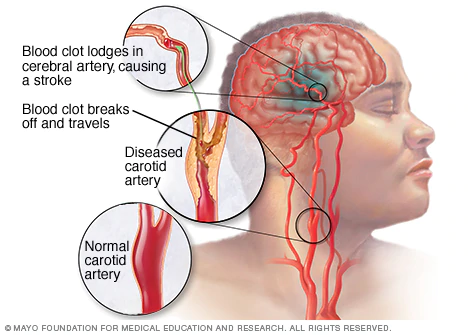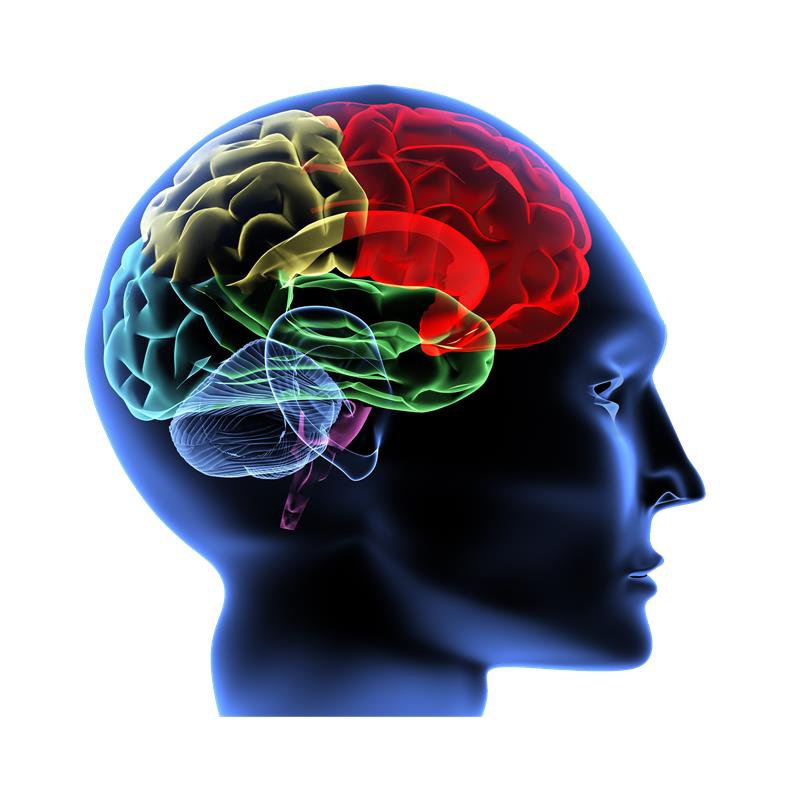Stroke and Post Stroke Rehab

Stroke and Post Stroke Rehab
Stroke is a disease that affects the arteries leading to and within the brain. It is the No. 5 cause of death and a leading cause of disability in the United States. A stroke occurs when a blood vessel that carries oxygen and nutrients to the brain is either blocked by a clot or bursts or ruptures.
The three main types of stroke are:
Ischemic stroke- the type in which a brain artery becomes blocked or restricted — the effects often can be reversed or drastically reduced if treatment is started within three hours.
Hemorrhagic stroke- A hemorrhagic stroke happens when an artery in the brain leaks blood or ruptures (breaks open). The leaked blood puts too much pressure on brain cells, which damages them.
Intracerebral hemorrhage is the most common type of hemorrhagic stroke. It occurs when an artery in the brain bursts, flooding the surrounding tissue with blood.
Subarachnoid hemorrhage is a less common type of hemorrhagic stroke. It refers to bleeding in the area between the brain and the thin tissues that cover it.
Transient ischemic attack (a warning or “mini-stroke”)- is different from the major types of stroke because blood flow to the brain is blocked for only a short time—usually no more than 5 minutes. A TIA is a warning sign of a future stroke. A TIA is a medical emergency, just like a major stroke. Strokes and TIAs require emergency care. Call 9-1-1 right away if you feel signs of a stroke or see symptoms in someone around you. There is no way to know in the beginning whether symptoms are from a TIA or from a major type of stroke.
Like ischemic strokes, blood clots often cause TIAs. More than a third of people who have a TIA and don’t get treatment have a major stroke within 1 year. As many as 10% to 15% of people will have a major stroke within 3 months of a TIA.
5 Warning Signs of Stroke
- Sudden numbness or weakness in the face, arm or leg (especially on one side of the body).
- Sudden confusion or trouble speaking or understanding speech.
- Sudden vision problems in one or both eyes.
- Sudden difficulty walking or dizziness, loss of balance or problems with coordination.
- Severe headache with no known cause
Strokes doesn’t occur only in senior years, middle aged and younger people are having strokes, frequently. A family history of strokes, and the African American population may have greater risks.
Here are some ways to reduce the risks of strokes:
- Exercising regularly.
- Maintaining a normal weight.
- Following a healthy diet.
- Maintaining healthy cholesterol levels.
- Keeping blood pressure in check.
- Don’t Smoke
